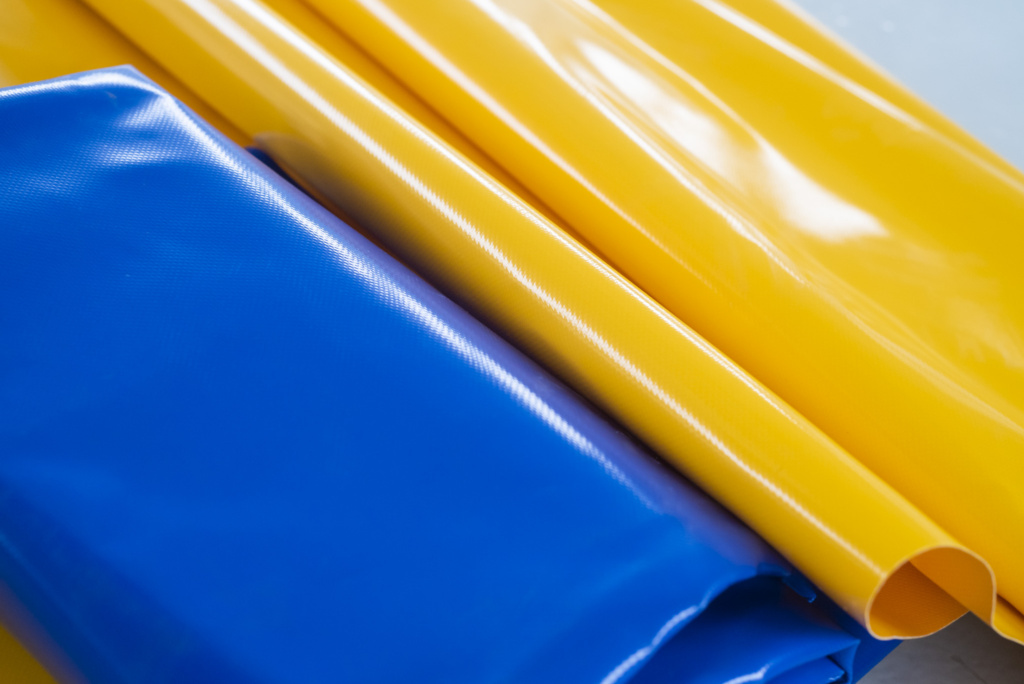Ved Finest-Hall
PVC hall is practically maintenance-free and easy to maintain, but you still need to take proper care of it.
PVC hall maintenance and operating instructions
- Keep PVC hall doors closed in windy weather.
- Check the cover, its tightness, and the fastening of ropes, bolts, and ground wedges, if necessary, after a storm. Nevertheless, this procedure must be repeated at least four times a year. Tighten if necessary.
- Condensation may accumulate in the PVC hall due to the difference between indoor and outdoor temperatures and fluctuations in temperatures and humidity. To prevent moisture, ensure adequate ventilation by venting with a PVC hall ventilation device, or an air drier may be used manually to accommodate the conditions.
- Remove snow, water, and/or ice accumulated on the PVC hall roof. Do this immediately if the roof has accumulated more than 10cm of any substanced mentioned.
- In winter, it is recommended that safety barriers be placed near the PVC hall corners and warning posts on the sides and ends so that the snow removal equipment does not damage the PVC hall.
- In the wintertime, snow or ice may fall along the sides of the PVC hall. Therefore, cars should not be parked on these sides.
- Check the door catches, controls, and rollers regularly; adjust and lubricate if necessary. Follow the manufacturer’s instructions for lifting and bellows.
- Install the PVC hall heating, electrical, and lighting equipment using professional labor and approved accessories. Use and maintain the PVC hall equipment and systems in accordance with applicable guidelines and standards.
- If there are tears or other damage to the PVC hall fabric, have it repaired by professionals immediately.
- Use detergents approved by the fabric manufacturer to wash the PVC hall coating.
PVC fabric washing and care instructions
- Use a neutral or mildly alkaline all-purpose cleaner. The detergent must not contain solvents.
- Dispense and use according to the detergent manufacturer’s instructions.
- Do not use hot water for cleaning. The maximum permissible temperature of the water is +40 °C.
- Avoid heavy mechanical scrubbing or other rubbing.
- Rinse thoroughly after washing.
- Dry the material before packing or storing it.
- When using a pressure washer, follow the instructions provided by the appliance manufacturer.
- Regular cleaning prolongs the life of the material.
